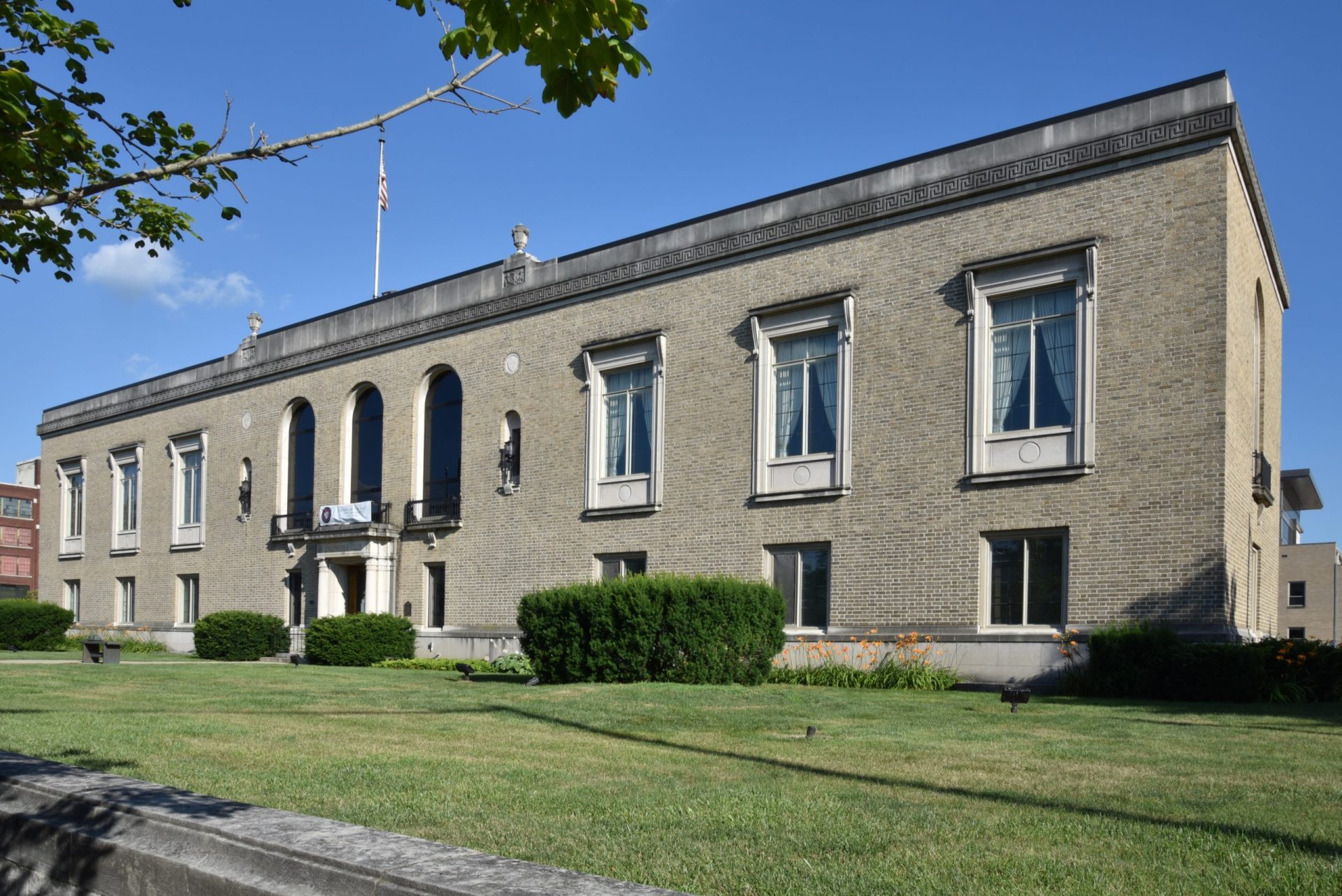
1903 – 1990
Developed Super High-Speed Photography
Enshrined: 1993
Harold Eugene Edgerton, born on April 6, 1903, in Fremont, Nebraska, was a renowned American electrical engineer and inventor whose pioneering work in high-speed photography revolutionized the way we see and understand the world. Edgerton’s fascination with technology and photography began during his early years, leading him to pursue a Bachelor of Science in Electrical Engineering from the University of Nebraska in 1925. He furthered his studies at the Massachusetts Institute of Technology (MIT), where he earned both his Master’s and Doctorate degrees in Electrical Engineering in 1927 and 1931, respectively.
Edgerton’s most significant contributions came in the field of stroboscopic photography, where he developed the electronic flash, or “strobe light,” which enabled the capture of high-speed motion with remarkable clarity. This invention allowed him to capture images of events that occurred too quickly for the human eye to perceive, such as the moment a bullet pierces through an apple or a drop of milk splashes into a liquid. These images not only had practical applications in scientific research and industry but also captivated the public’s imagination with their artistic and aesthetic appeal.
Throughout his career, Edgerton received numerous accolades for his groundbreaking work, including the National Medal of Science in 1973 and the Franklin Institute’s Elliott Cresson Medal in 1947. His innovative spirit and dedication to pushing the boundaries of technology have left an indelible mark on the fields of photography and engineering, cementing his legacy as one of the most influential figures in 20th-century science and technology. Harold E. Edgerton passed away on January 4, 1990, leaving behind a rich legacy of innovation and discovery that continues to inspire scientists and artists alike.
References:
Harold Edgerton. Wikipedia.

